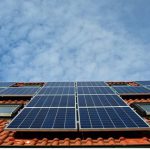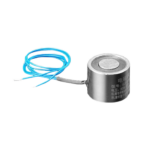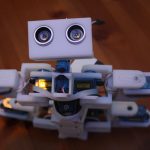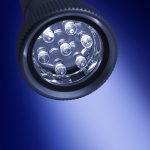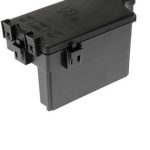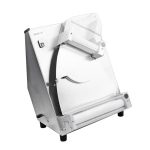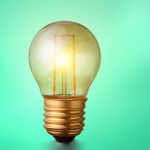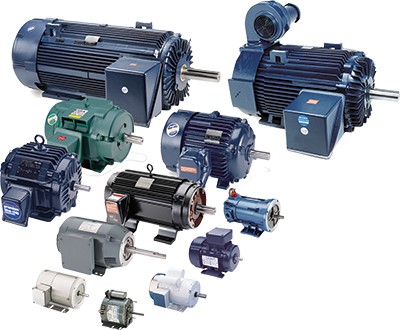
Motor
Motors impact almost every aspect of our lives. They are found in smartphones, microwaves, washing machines computers and lifts among multitudes of other devices and appliances. Motors are electromechanical devices that convert electrical energy into mechanical energy. They convert electrical energy into rotational energy. DC Motors are also use in almost all of electromechanical devices.
Principle of operation in DC Motors
When a current carrying conductor is placed in an external magnetic field that is perpendicular to itself, it experiences a force that is perpendicular to itself and the magnetic field. The direction of this force can be determined using the right-hand rule. While the thumb points in the direction of the current in the conductor, the fingers point in the direction of the force.
Construction of DC Motors
A motor is composed of a permanent a stator and rotor. The stator is made up of a permanent magnet while the rotor is made up of wire winding. The stator is fixed while the rotor moves freely within the field magnet. A commutator is used to supply current to the rotor. Commutation differs from DC to AC. The motor’s speed of rotation depends on the amount of current flowing through it, the permeability of armature, number of coils on the armature, the strength of the magnetic field and load that is connected to the shaft
Types of motors
Motors have become very diverse and adaptable than before. There are many types of motors out there. They can be predominantly into DC and AC.
DC Motors
Brushed DC motors
Brushed motors are not only very common but also cost-sensitive. Brushed motors use brushes to supply current to the armature. A brushed DC motor is composed of a commutator, brushes, an axle, and a field magnet. Brushes charge the commutators in reverse polarity with respect to the polarity of the permanent magnet making the armature to rotate. The direction of rotation can be reversed by simply changing the polarity of the battery. Brushed motors can further be broken down to;
- Series wound
- Shunt wound
- Compound wound
- Permanent magnet
Brushless DC motors
This is intuitive, just like the name suggests, brushless DC motors lack brushes. A BLDC motor is made up of permanent magnets that are located around the perimeter of the rotor in a cross pattern, a rotor, Hall sensor, and axle. BLDC motors are synchronous motors meaning that the rotor and stators turn at the same frequency. These motors are efficient and long lasting. A very good example of a brushless DC motor is a stepper motor. They are mostly used in fans, pumps, and compressors.
You May Also Like This : “Why do DC Motors have Brushes?”
AC Motors
AC motors have earned the reputation of being flexible when it comes to features. They exhibit numerous advantages including; low power demand on start, adjustable torque limit, controlled acceleration, adjustable operational speed, controlled starting current and reduced power line disturbances. There are two types of AC motor:
Synchronous
In synchronous motors, the rotation of the motor is synchronized with the current. The motor speed remains constant even under varying loads. They are used in high precision positioning devices and driving equipment like robots and driving equipment respectively.
Asynchronous
Asynchronous motors use electromagnetic induction from the magnetic field of the stator so as to produce an electric current in the rotor and subsequently torque. A good example of an asynchronous motor is a single-phase induction motor. Asynchronous motors are mostly used in compressors, pumps, lifting gear and conveyor systems.







